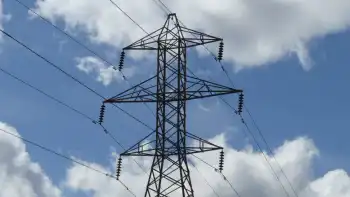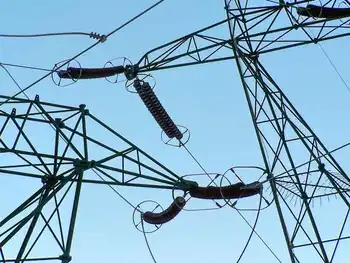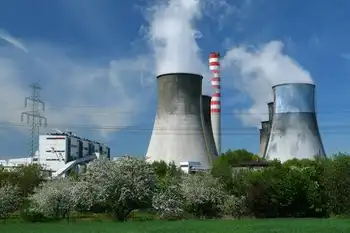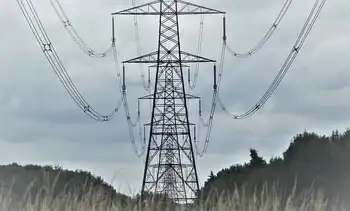Siemens To Put $122M Fuel Cell Plant Near Pittsburgh
- PITTSBURGH (AP)--Siemens Westinghouse Power Corp. announced Wednesday it will build a $122 million fuel cell plant in the suburb of Munhall.
The plant could employ as many as 500. Groundbreaking is set for Oct. 4, with plans for the plant to be fully operational by 2003.
The plant will initially employ 150 people with plans to expand to a manufacturing and office complex with 450 to 500 employees by 2006, Siemens officials said.
The plant will produce fuel cells and combination fuel cell-turbines that could be used as self-contained electrical generators for buildings like hospitals, office towers and military installations.
The combination fuel cell-turbines are about the size of a rail car; the cells alone are about half that size. Solid oxide fuel cells operate on the same principal as a battery - electrochemically producing electric current from chemical energy in a fuel. But the fuel used, in this case, hydrogen and natural gas, can be replenished, meaning a fuel cell can't go "dead" like a normal battery.
The only byproducts of the process are water, heat and carbon dioxide.
Orlando, Fla.-based Siemens Westinghouse is a subsidiary for Siemens Power Generation's global fossil power generation business, which has more than 26,000 employees worldwide.
Siemens Westinghouse had also considered locating the fuel cell plant in Orlando, Fla., and Dallas-Ft. Worth during a nine-month site search, Roddey said.
Siemens officials said they selected Munhall, about five miles southeast of Pittsburgh, in part because of $8.2 million worth of state tax credits and grants, plus $4 million in low-interest loans from the state and county.
Related News

US Approves Rule to Boost Renewable Transmission
WASHINGTON - On May 13th, 2024, the US took a monumental step towards its clean energy goals. The Federal Energy Regulatory Commission (FERC) approved a long-awaited rule designed to significantly expand the transmission of renewable energy across the nation's power grid. This decision aligns with President Biden's ambitious plan to achieve net-zero carbon emissions by 2050, with renewable energy playing a central role.
The new rule tackles a critical bottleneck hindering the widespread adoption of renewables – transmission infrastructure. Unlike traditional power plants like coal or natural gas that run constantly, solar and wind power generation fluctuates with weather conditions.…




